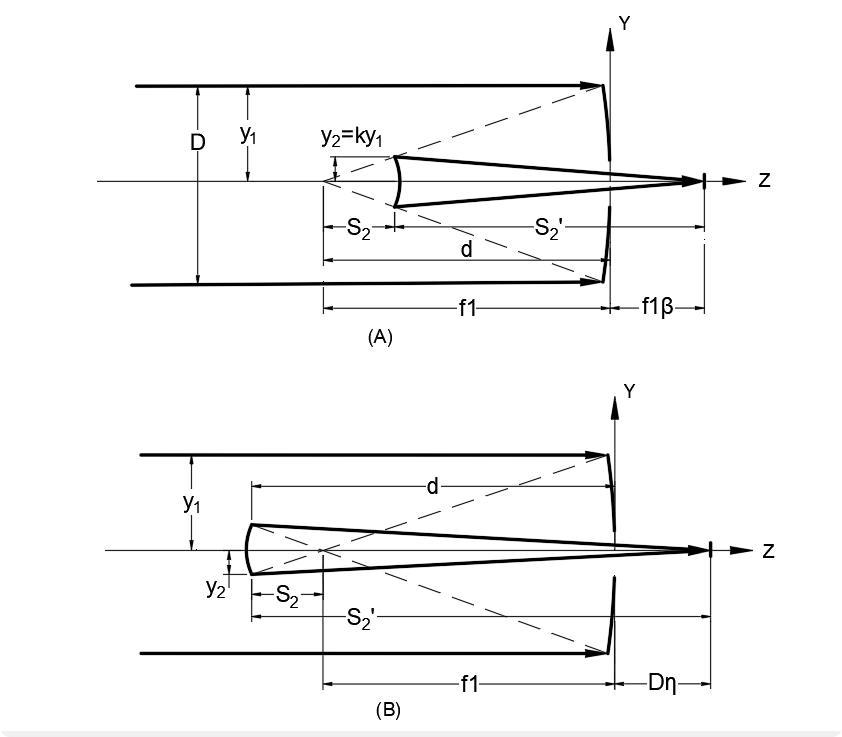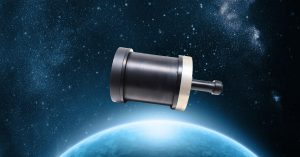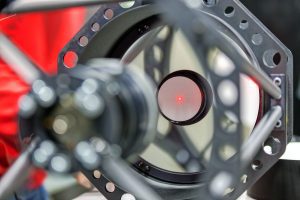Key Takeaways
- Ritchey Chrétien telescopes are compact, advanced reflecting telescopes designed to minimize aberrations, making them ideal for space and deep-sky imaging.
- This guide to Ritchey Chrétien telescopes highlights their key features, including a reflective design that eliminates chromatic aberration, hyperbolic mirrors enabling long focal lengths, and field-correcting elements for sharp, wide-field images.
- Precision manufacturing involves complex mirror testing and alignment challenges.
- Avantier offers RC telescope solutions, from prototyping to production, with expertise in materials like Zerodur and SiC, as well as thermal management systems for diverse applications.
A Guide to Ritchey Chrétien Telescopes
Ritchey Chrétien (RC) telescopes are advanced reflecting telescopes renowned for their exceptional image quality and minimized optical aberrations. Their ability to produce high-quality images with minimal distortion, combined with a compact design and fewer optical elements, makes them ideal for both space applications and large aperture observations. Here’s an overview of what makes RC telescopes unique, their design advantages, and why you should consider using one.
Design and Optical Features
- Reflective Design:
RC telescopes use a reflective mirror system that accommodates a wider spectrum range and eliminates chromatic aberration, unlike refractive designs. This capability is especially beneficial for multi-spectrum imaging and space communication applications. - Cassegrain Focus Design:
The RC telescope employs two hyperbolic mirrors: a concave hyperbolic primary mirror and a convex hyperbolic secondary mirror. This configuration, a variant of the Cassegrain reflector, creates a more compact telescope with a longer effective focal length, making it ideal for observing distant celestial objects and space applications. - Compact Size:
The RC telescope achieves its compact design by positioning the convex secondary mirror inside the primary focus. See diagram 1. - Minimized Optical Aberrations:
RC telescopes are engineered to significantly reduce optical aberrations, such as coma and spherical aberration. This design ensures sharp focus on a flat sensor or film plane, delivering high-contrast images across a wide field of view. Such precision is ideal for capturing detailed features of deep-sky objects like galaxies and nebulae. In space communication, it also aids in effective long-distance communication. - Field-Correcting Elements:
Many RC telescopes include additional field-correcting optics to enhance image quality. These optics ensure sharpness throughout the field and are compactly positioned near the imaging plane, maintaining a streamlined design.
Manufacturing and Cost Considerations
- Primary Mirror Testing:
Testing the hyperbolic concave primary mirror requires a large reference mirror or a Computer Generated Hologram (CGH), adding complexity and cost. - Secondary Mirror Testing:
Testing the hyperbolic convex secondary mirror demands a reference mirror larger than itself. Accurate evaluation cannot rely solely on CGH unless the mirror size is very small. - Alignment Challenges:
Minimizing coma requires precise alignment of the two mirrors across five degrees of freedom, presenting significant structural design challenges.
Avantier’s Guide to Ritchey Chrétien Telescopes
At Avantier, we offer comprehensive RC telescope solutions for the design, prototyping, and serial production. Our expertise includes both on-axis and off-axis (freeform) telescope designs tailored to specific requirements. We can transform optical designs into fully realized optomechanical designs with built-in alignment features to simplify final integration.
Our in-house diamond turning capabilities and expert optical designers allow for rapid verification of designs. We can provide all-aluminum telescopes for design validation or direct application.
For projects requiring glass or ceramic mirrors, Avantier manufactures mirrors and structural components in sizes ranging from 10 mm to 1000 mm in diameter, using materials like glass, Zerodur, and SiC.
Additionally, we have extensive experience in designing thermal management systems for telescopes, ensuring optimal performance across various environments.
The RC telescope features a more compact design by positioning the convex secondary mirror inside the primary focus.

- a: RC design with a convex secondary mirror
- b: Gregorian telescope design with a concave secondary mirror. As shown, this design results in a longer distance between the primary and secondary mirrors.
RC Telescope Solutions
Ritchey Chrétien telescopes represent a pinnacle of optical engineering, offering unparalleled image quality and versatility for both space and ground-based applications. Their unique reflective design, compact structure, and precise optical features make them indispensable tools for advanced astronomy, deep-sky imaging, and space communication.
With the ability to customize RC telescopes to meet specific needs, Avantier provides end-to-end support, from design to manufacturing, ensuring optimal performance and reliability. Whether for scientific exploration or industrial use, RC telescopes stand as a testament to innovation, enabling clear and accurate observations of the universe’s most distant and detailed phenomena.
GREAT ARTICLE!
Share this article to gain insights from your connections!





